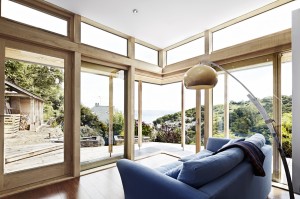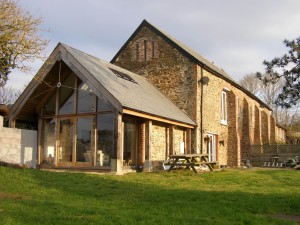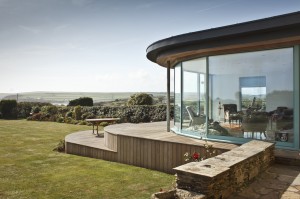Office to become new homes
After an announcement made by the government Permitted development rights look likely to be extended to include the conversion of parts of certain offices and shops to two residential flats. There will still be exceptions as local authorities can remove permitted development rights where they think they may cause a problem – for example in conservation areas.
Under the 1995 Order, local authorities can remove permitted development rights in geographic areas where they think these new rights might cause a problem. They can do so by making an Article 4 direction, the effect of which is to a require a planning application which in other locations would not be necessary. Article 4 directions are commonly found in conservation areas.
Announcing the proposed changes Mr Pickles said:
“These are common sense planning reforms that will deliver more affordable homes in areas where there are good transport links whilst ensuring better use of existing developed land. Cutting this red tape should be a shot in the arm for the high street increasing footfall and providing a boost to regeneration.”
We look forward to finding out if the new permitted development rights will be as revolutionary as Mr Pickles hopes when they are brought into force in October.






